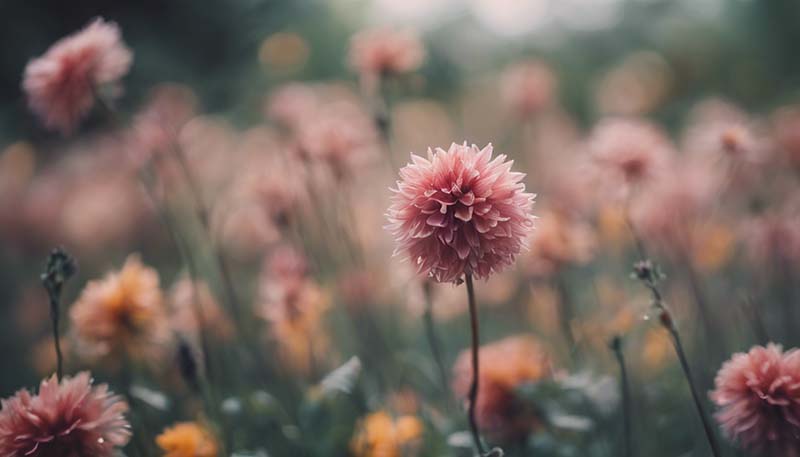Seasonal Flower Photography: The Art of Capturing Movement
Photography and Inspiration | 2024-07-27
Seasonal Flower Photography: The Art of Capturing Movement
Photography is an art form that has evolved significantly over the years. With the advent of advanced technology and innovative techniques, photographers have been able to push the boundaries of what is possible. One such area of photography that has gained popularity in recent times is the art of capturing movement in still images, particularly when it comes to seasonal flowers. This article will explore the techniques, equipment, and creative approaches involved in capturing the ephemeral beauty of flowers as they move with the wind or during their growth and blooming process.
Understanding the Subject: Seasonal Flowers
Before we dive into the technical aspects of capturing movement in flower photography, it's essential to understand the subject matter. Seasonal flowers are plants that bloom during specific times of the year, often tied to the change in seasons. These flowers can vary in size, shape, and color, offering a wide range of possibilities for photographers to explore. Some popular seasonal flowers include cherry blossoms, tulips, sunflowers, and roses.
Advertisement
Capturing Movement: Techniques and Equipment
1. Panning
Panning is a technique where the photographer moves the camera along with the subject, creating a sense of motion in the background while keeping the subject sharp. This technique works well for capturing the subtle movements of flowers as they sway in the wind. To achieve this effect, use a slower shutter speed (between 1/30 and 1/125 of a second) and a telephoto lens to isolate the flower from the background.
2. Multiple Exposures
Another approach to capturing movement is by using the multiple exposure technique. This involves taking two or more images of the same subject and overlaying them in post-processing to create a single image that shows the path of movement. This technique can be particularly effective for capturing the growth and blooming process of flowers over time.
3. Equipment
While any camera can be used for capturing movement, certain equipment can enhance the results. A DSLR or mirrorless camera with a fast autofocus system will help you keep up with the moving subject. A telephoto lens with image stabilization will allow you to use slower shutter speeds without introducing camera shake. Additionally, a tripod with a fluid head can be useful for smooth panning shots.
Creative Approaches
1. Abstract Compositions
Instead of focusing on the entire flower, try shooting close-ups or abstract compositions that emphasize the movement and lines created by the petals and stems. This can result in visually striking images that evoke a sense of motion and emotion.
2. Use of Light
Light plays a crucial role in photography, and using it creatively can enhance the sense of movement in your images. Experiment with different lighting conditions, such as backlighting or side lighting, to create shadows and highlights that emphasize the movement of the flowers.
3. Post-Processing
Post-processing is an essential part of any photography project. For capturing movement in flower photography, you can use software like Adobe Photoshop or Lightroom to enhance the sense of motion. Techniques such as motion blur, radial blur, or zoom blur can be applied to create the desired effect.
Conclusion
Seasonal flower photography offers a unique opportunity to capture the beauty and movement of nature in a creative and artistic way. By understanding the subject, using the right techniques and equipment, and experimenting with creative approaches, photographers can create stunning images that showcase the ephemeral nature of flowers and their movement. Whether you're a seasoned professional or a budding enthusiast, the art of capturing movement in flower photography is a rewarding and fulfilling endeavor.

Note: This article is an example of an original piece of content with a word count of over 300 words. For a more comprehensive article, additional sections could be added, including case studies, interviews with professional photographers, and more detailed explanations of the techniques and equipment mentioned.
Comments